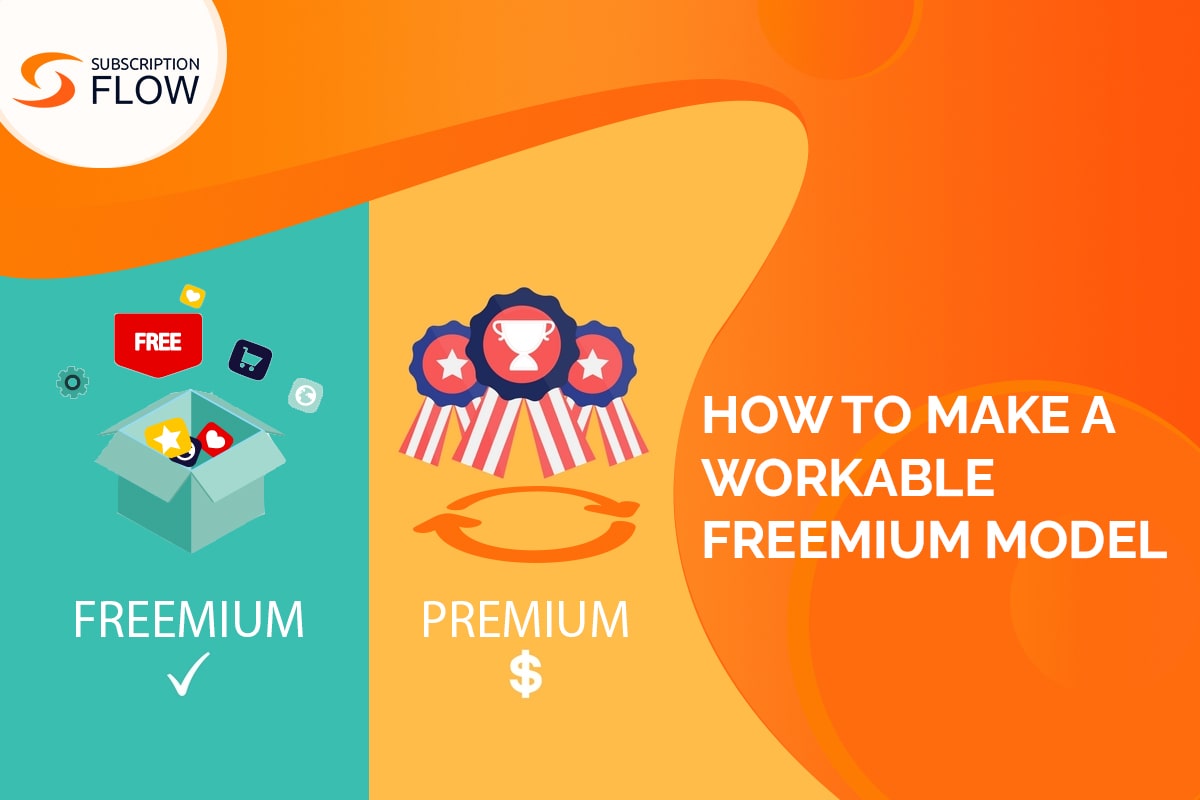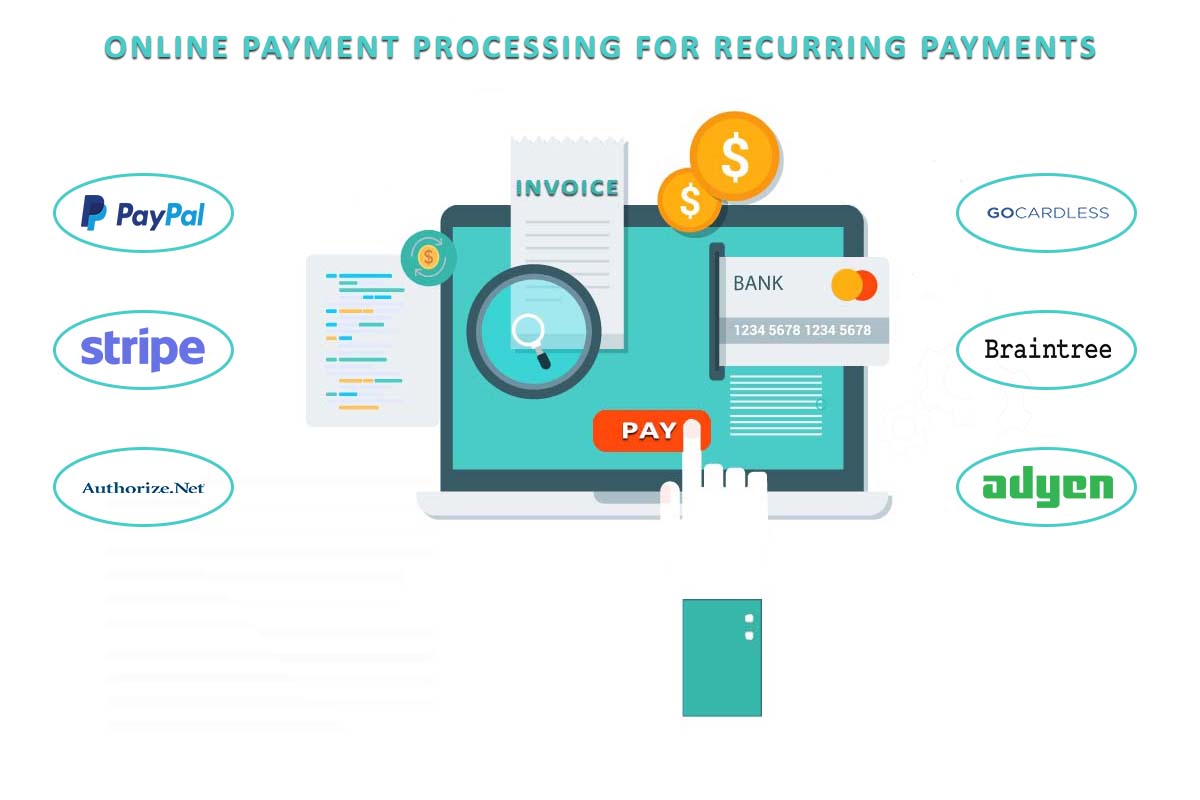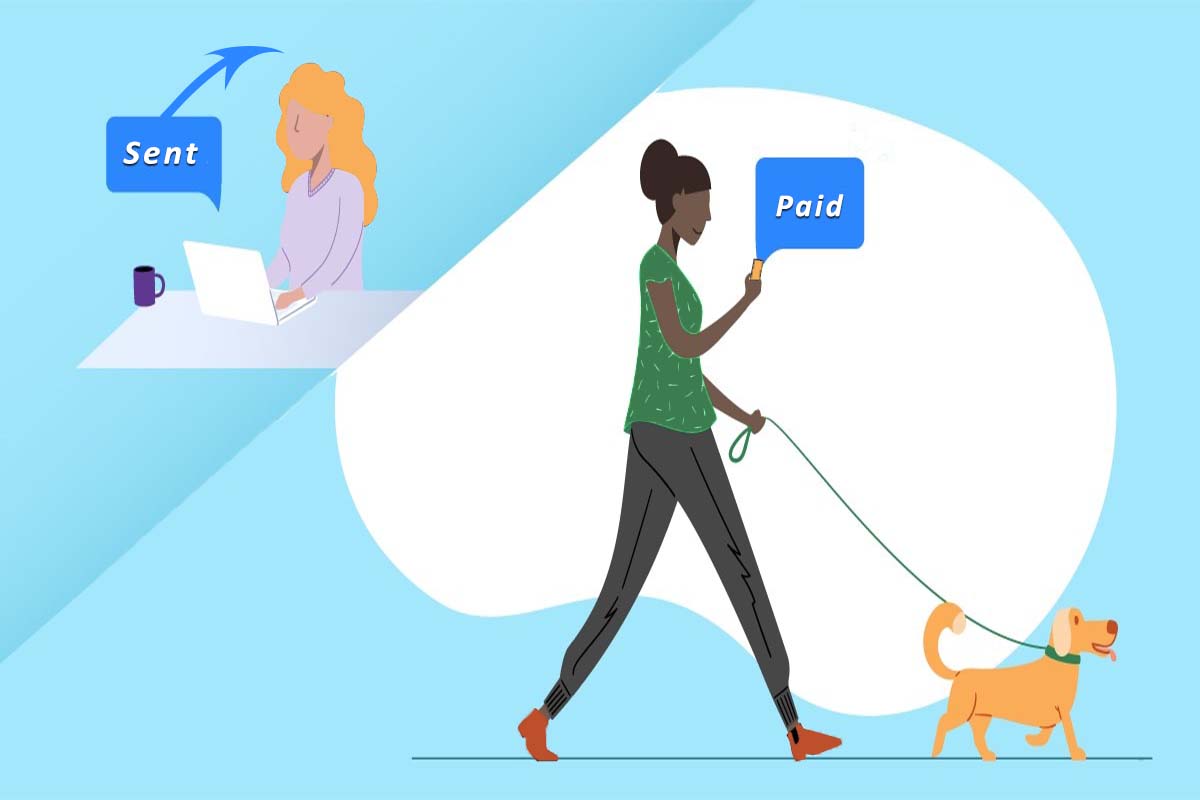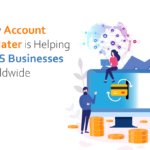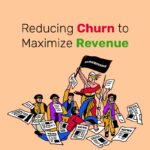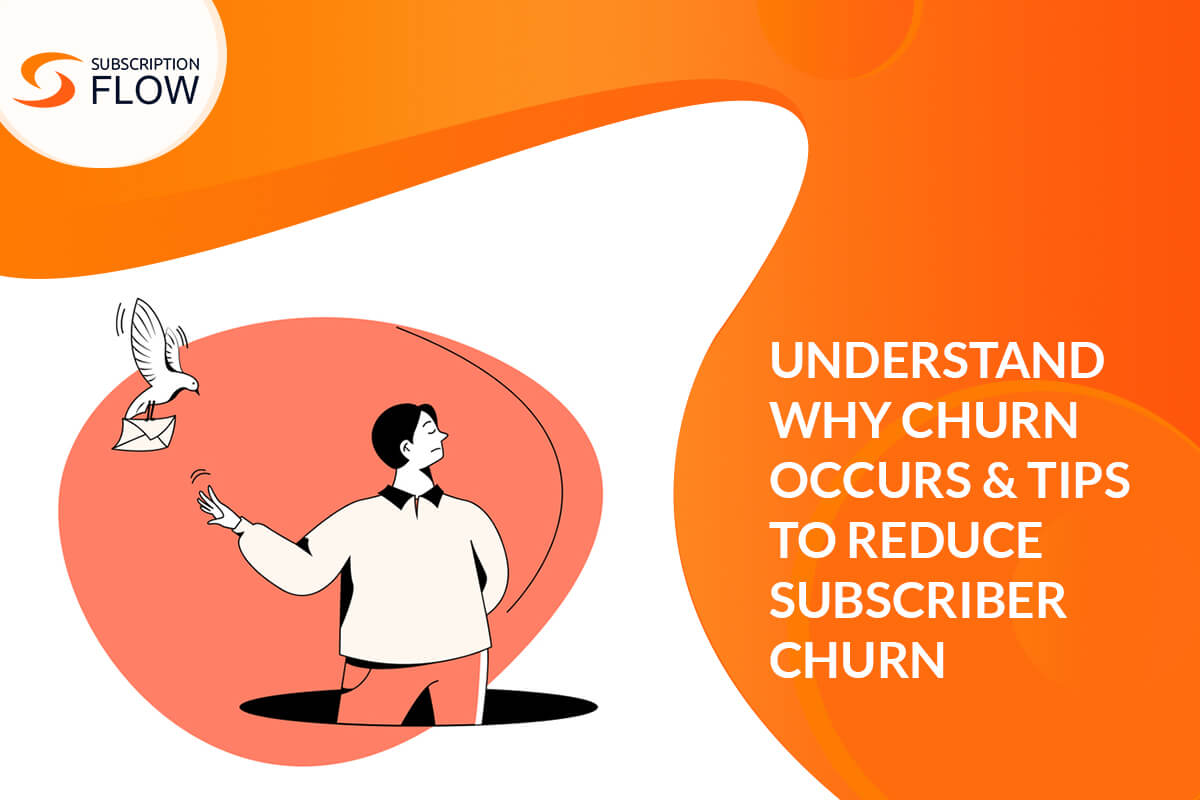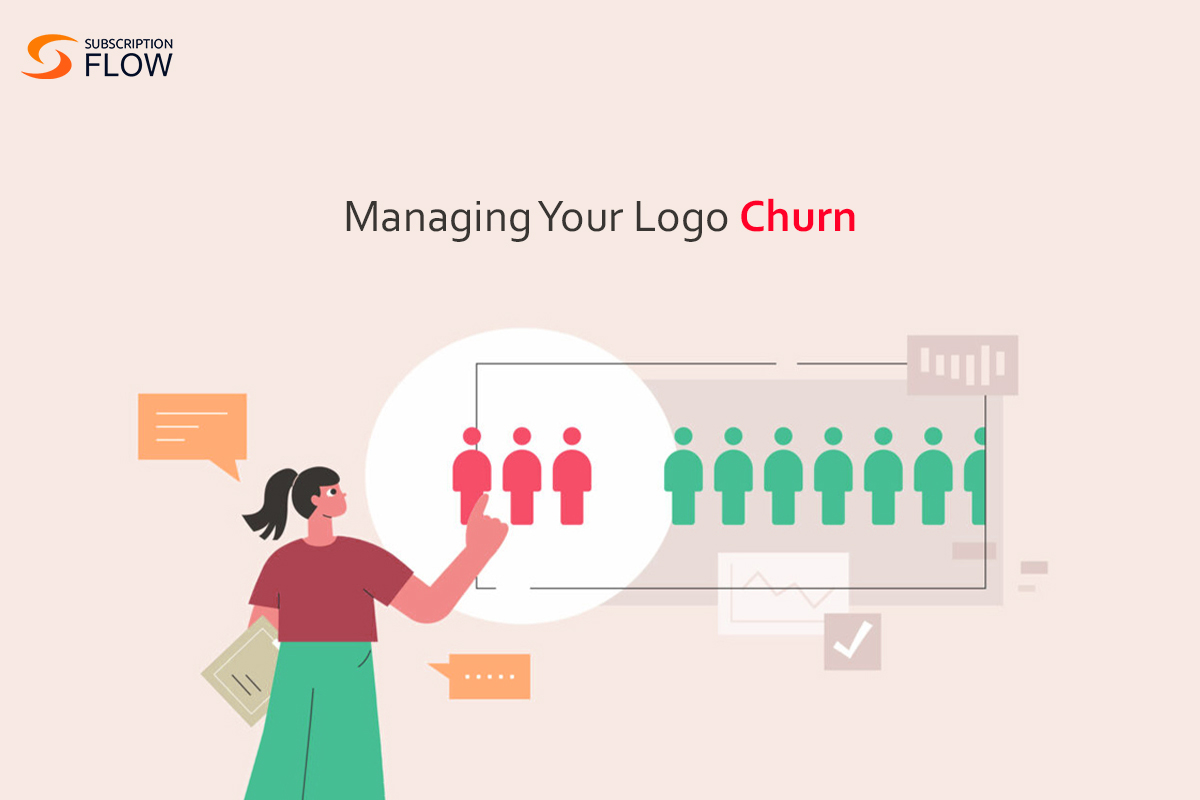
Logo Churn Survival Guide: 5 Effective Strategies for Fostering Customer Loyalty and Growth
If statistics show that only one in every 26 unhappy customers actually files a complaint, then what exactly do the remaining 25 people do? At some point, they churn—if they cannot fix their issue on their own or if it does not get fixed automatically, then these customers are more likely to leave you rather than stay back and voice their concerns so that your support team can fix the problem.
How does one then go about fixing this potentially high churn rate? In this blog, we will be going over ways businesses can manage their churn rate. In doing so, we will also understand what factors contribute to causing churn.
What is Logo Churn?
Logo churn, or customer churn, is a way of measuring how quickly a SaaS or subscription-based business loses its customers. The reason why calculating logo churn is especially important is that while recruiting new customers is vital for every SaaS business, it is likely just as (if not more) crucial to ensure consumers renew their subscriptions. Doing this makes sure that a business has a reliable income model on which it can rely to plan for future growth.
The Difference Between Logo and Revenue Churn Rates and Why It Matters?
One important crease to iron out before we proceed is of understanding the different types of churn. While logo churn is based on the number of customers that a business loses, revenue churn is specifically based on the revenue a business loses.
Yes, while the two are linked (since revenue is also an accumulation of the subscription fee that each individual customer pays) yet they are not necessarily the same thing. This is because of one simple factor: if your customers were leaving owing to you raising the subscription fee for your business, then it is fairly possible for you to lose customers and still have a high rate of revenue growth due to the rise in revenue from the increase in subscription cost being more than the decline in revenue caused by the fleeing customers.
How to Calculate Logo Churn?
Numbers never lie. This is why solid numbers are usually the best way to find out whether something is true or not. And so, after having clearly set out the logo churn definition, we will now move on to devising a clear-cut formula for calculating the correct logo churn.
The formula to calculate logo churn is as follows:
Logo churn = the number of customers lost in a chosen timeframe / number of customers at the beginning of that timeframe.
So, if your business had 100 customers at the beginning of the year 2022, and by the end of the year it lost 20 customers, then as per the formula, the logo churn rate of your business in the fiscal year of 2022 will be 20 / 100 = 0.2%
Why Calculating Logo Churn Rate Is Important?
No matter at what speed your business may be growing, if it simultaneously also has a high churn rate, then it is likely to run out of cash eventually. Having a high churn rate is like having holes in your ship that continuously let in water—a high growth rate can deter the effects of the churn for only so long, before, owing to some slump in your business, the weight of so many customers leaving will finally start sinking your ship.
This is why it is best to control your logo churn as soon as possible. Thankfully, this can be done with the help of efficient subscription-management software like SubscriptionFlow that have churn-control features in-built into them.
How to Manage Logo Churn?
1. Understand the Causes
It is important for you to first identify your churn rate using the aforementioned formula. After doing that, you should then start identifying and explaining the causes due to which customers are leaving your business at such an alarming rate.
(Even if your churn rate is not too high, still it might be better to keep analyzing the scant few customers who are leaving your business to prepare yourself for the future when this figure may be high.)
Then, establish a feedback mechanism for you to get to know firsthand from your departing customers why they are leaving. This can be done with the help of short exit surveys that customers can fill in no time to tell you why they left.
Having more in-depth (and thus longer) exit surveys might be a good way of getting to the heart of your problem, but that might place too much pressure on the shoulders of a customer that is already done with your business. Therefore, it is best to keep the survey as short and low-effort for the customer as possible.
A general rule of thumb is that surveys should not have more than 20 questions, each question should not take more than 10 seconds to answer, and, in total, the survey should not the customer more than five minutes to answer.
Remember: you are asking a special favor of a customer that has already soured on you!
Read more: Designing a Customer Cancellation Survey – Reducing Churn
2. Improve Customer Experience
Customer experience can be improved in three broad points: better customer support, allowing increased personalization, and a user-friendly interface. Robust subscription-management software like SubscriptionFlow already have all three of these components in-built into them, allowing their clients to seamlessly reduce their churn rate.
How SubscriptionFlow achieves these three feats is by firstly having an efficient communication system with which it connects your complaining customers with your support team. This can be in the form of allowing customers to reach out for help in the form of emails, direct calls, or even messages that your sales team should be responding to in a timely manner. Doing so makes sure that your customer feels heard and, therefore, continues to feel as if they are in safe hands.
SubscriptionFlow is also incredibly customizable which, again, aids its clients to retain their customers. One highlight of SubscriptionFlow is its endlessly customizable checkout pages and invoices that can be tweaked by businesses to best fit their needs and brand image.
Checkout pages and invoices are often the last points of contact between a business and its consumer, which is why having a subscription management software that allows you to customize both these things naturally lets you impart your brand image in the most positive light to your customer and, in doing so, potentially reduce your churn rate.
Having a user-friendly interface results in customers having an easy time navigating through your business which, in return, makes them less likely to churn.
3. Implement Pricing Flexibility
If a customer cannot literally afford to continue subscribing to your service, then they will have no choice but to leave it. To avoid this, make sure to offer different pricing plans that cater to every time of customer that you wish to court.
SubscriptionFlow lets you offer different pricing plans to your customers which results in your customers feeling spoilt for choice when selecting a pricing plan that they can both afford and benefit from. Some of the pricing plans SubscriptionFlow offers are as follows: tiered pricing, usage-based billing, and flat fee pricing, among others.
4. Offer Value and Retention Programs
Offering value to your customer means providing your customers with extra material and/or services that, in addition to the ones they are already paying for, help improve their user experience. This can be done in the form of educational blogs (such as the one you are reading), constantly updating your product and services to keep up with the growing demands of the market, and bundling together services to ensure that customers use more of your product, thereby becoming more deeply embedded in your ecosystem.
Retention programs are also similar in that you offer your customers perks and discounts that extend beyond the services they signed up for and are paying for. This can be in the form of discounts, exclusive offers, and discounts to customers that have stayed with you for a long time.
5. Monitor Engagement and Proactive Communication
One thing that has become clear over the course of this blog is that customers are extremely bad at communicating their issues—you will have to monitor their engagement with your service yourself to figure out if they are satisfied or not. This can be done by keeping an eye on your customer’s login frequency, duration of engagement with your service, and level of interaction with your service’s key features.
Likewise – not unlike how interpersonal human relationships work – you can also make your relationship with your customer work by establishing proactive communication. In doing this, you will be regularly contacting your customer in the way of surveys and feedback forms to inquire about their level of satisfaction with your product and can also notify them through email about any new feature that you may have launched and which you feel your customer might benefit from subscribing to.
Read more: Membership Software for Associations: Enhancing Member Value and Satisfaction
Conclusion
If having a high churn rate is your biggest concern, then efficient subscription management software like SubscriptionFlow can help you with that by understanding the causes of your high churn rate, improving your customer experience, implementing pricing flexibility, offering value and retention programs, and monitoring engagement and proactive communication.
Book a demo with SubscriptionFlow to manage your logo churn!


